Let us discover the most beautiful region on earth where the population is threatened by climate change at alarming levels. The Arctic or Arctic located in the northernmost part of the earth. Its unique ecosystems where indigenous people to the Arctic flourish. Due to their adapting nature to the Arctic cold and extreme conditions , they can sustain themselves . Climate change is having a significant impact on Indigenous peoples in the Arctic . Although Arctic consists of the Arctic Ocean, adjacent seas and parts of several countries. Such as Alaska (USA), Canada, Finland, Greenland (Denmark), Iceland, Norway, Russia and Sweden. And in addition landed in the Arctic the region has seasonally varying snow and ice cover, with mainly treeless permafrost (permanently frozen underground ice) containing tundra. The clear cool Arctic Oceans contain seasonal sea ice in many places that are constantly melting at an alarming rate.
Mainly life in the Arctic includes zooplankton and phytoplankton, fish and marine mammals, birds, terrestrial animals, plants and settlements. All of these ecosystems are threatened as Arctic warmed to twice the global average. Consequently, the media, scientists, Arctic the inhabitants are concerned about the visible changes in the climate of the region. Although the necessary adaptive actions are underway. Furthermore, any naive answers can lead to inefficiency. It results in ineffective strategies, unfavorable outcomes and copying of previous political mistakes.
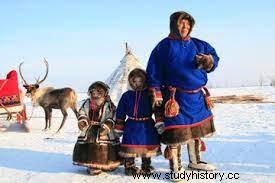
Image Source: www.en.interaffairs.com
Indigenous peoples of the Arctic
The indigenous people have lived in their Arctic homeland for millennia. Consequently, land and water in the Arctic anchor indigenous communities. Mainly they provide resources that their cultures continue to survive. Mainly the proportion of indigenous peoples It is estimated that about ten percent of the total population lives in the Arctic areas. There are over 40 different ethnic groups living in the Arctic. Everything from Same in circumpolar areas of Finland , Sweden; Norway and Northwest Russia; Nenets, Khanty, Evenk and Chukchi in Russia; Aleut, Yupik and Inuit (Iñupiat) in Alaska, Inuit (Inuvialuit) in Canada and Inuit (kalaallit) in Greenland.
There is a large variety of cultural, historical and economic backgrounds among the groups. From state policy, modern transport to the introduction of a mixed economy that has resulted in changes in the way indigenous communities bo. Due to the globalization of the modern way of life, the changes are the only thing they have in common.
Although indigenous people have a specific connection to the country they have inhabited. Every society has a clear language, culture and traditional livelihood. Mainly, such as reindeer husbandry, fishing and hunting that characterize indigenous peoples in the Arctic.
Recently, the political organization of indigenous peoples has led to international recognition and clarification of human rights and political rights regarding indigenous peoples . Especially Land Rights and natural resources become an important part of the culture and survival of indigenous peoples in the Arctic.
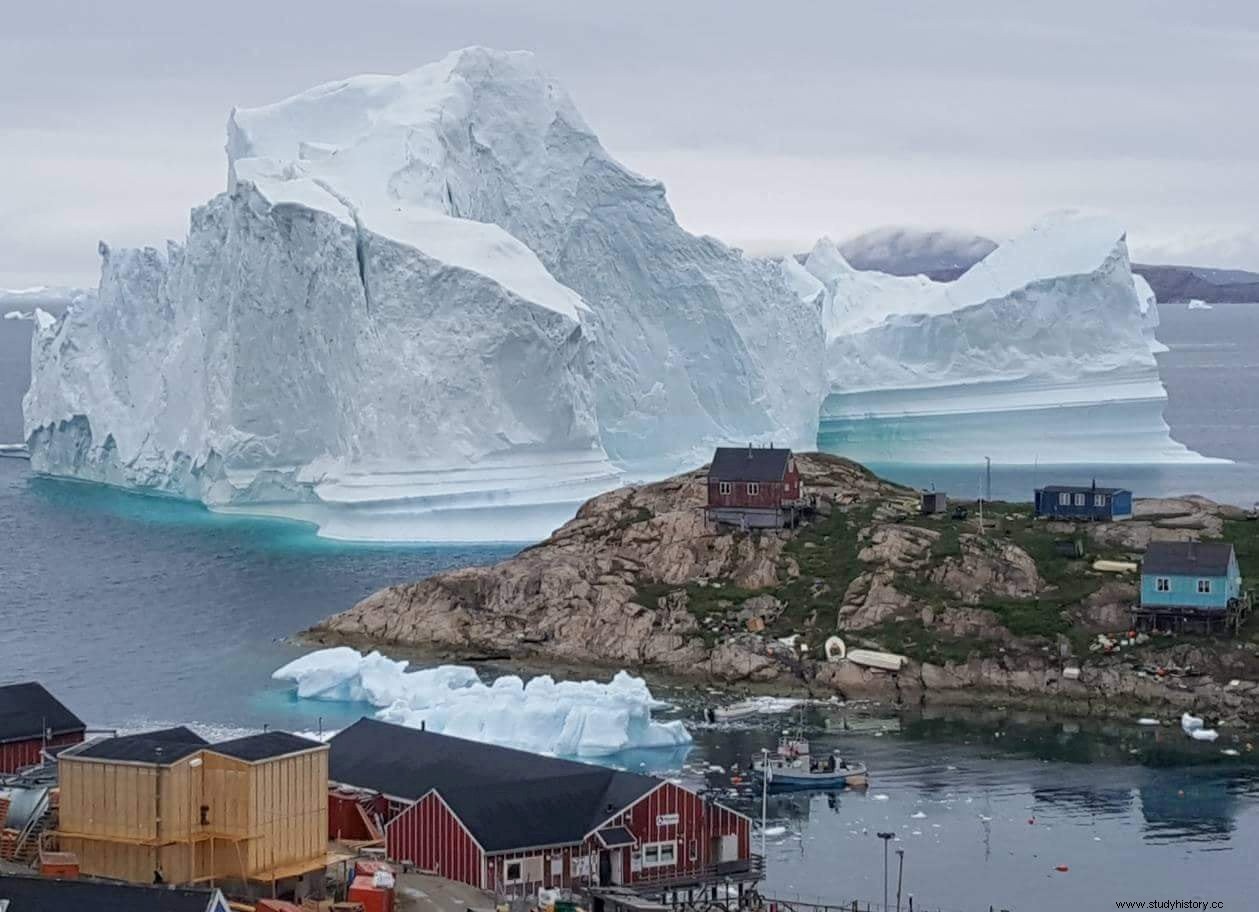
Image Source: www.arctictoday.com
The impact of climate change
The Arctic Environment shapes the culture and activities of Indigenous peoples . Although previous generations have skillfully adapted harvesting activities and lifestyles to environmental changes. But now the rapid climate change, combined with social, economic and political conditions, presents new challenges.
Through lifestyles that are closely linked to the environment, indigenous peoples have particularly insightful ways of observing and interpreting environmental changes. Because their lifestyles are so closely linked to their surroundings, they experience climate change. In addition to noticing changes that are unique in their lifetime.
Indigenous peoples have gained the following knowledge and observations of current trends:
- The weather seems unpredictable due to instability. As shown by hunters and elders who can predict the weather, are now often unable to do so.
- Snow quality and its properties change with more icy rain. Hunters are increasingly unable to build igloos, which they still rely on for temporary or emergencies.
- Sea ice sinks, in addition to the stiffness changing. The package is further from land and often too thin to allow safe travel for marine hunters.
- Seasonal weather patterns change, resulting in more rain in the fall and winter. In addition, more extreme heat in summer.
Furthermore, the water level in most lakes disappears, animal species that are specific to the region are threatened. Storm surges are increasing erosion in coastal areas. The sun's rays are so strong during the summer months that sunburn and strange skin rashes have become common.
Climate change in the Arctic has become the biggest threat to the survival of indigenous peoples.
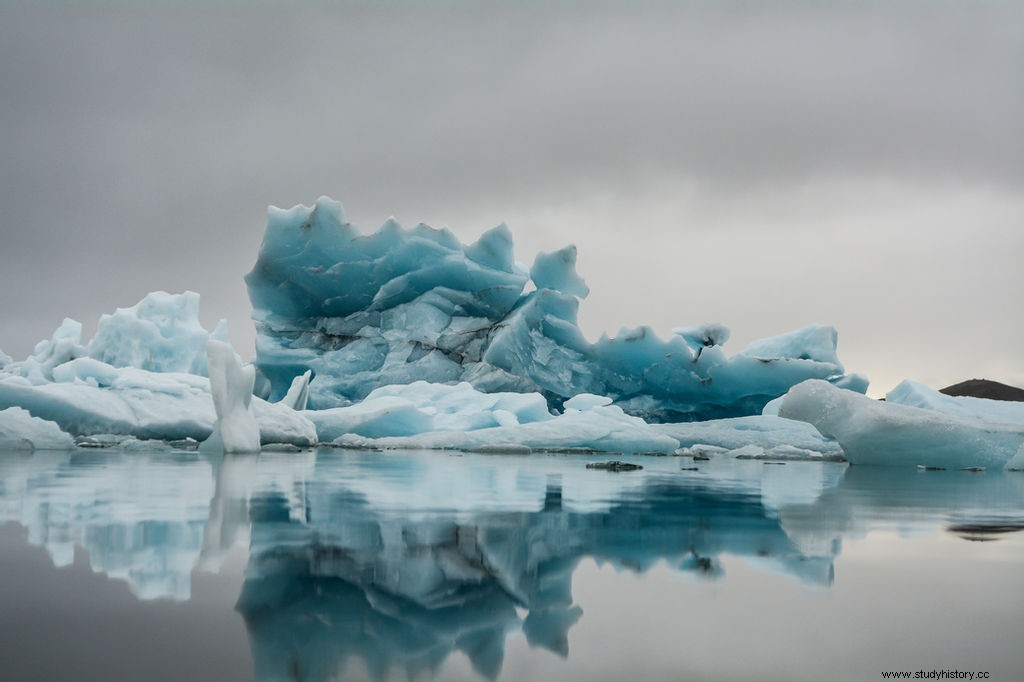
Image Source: www.apaaaci.org
Effects on biodiversity
As climate change emerges as perhaps the most serious threat to biodiversity, the Arctic region , with its dramatic visible changes, has come increasingly into focus. Long with indigenous people and communities that base their livelihoods and culture on this fragile environment system. Arctic contains the unique biodiversity well adapted to often dark and cold winter conditions, as well as to the short growing / reproductive period in summer.
The richness of life in the Arctic includes between 500 million and about one billion birds, which breed in the Arctic and migrates through the world via multiple flyways. This abundance of biodiversity supports more than 400,000 XNUMX indigenous peoples living in the Arctic Region .
Climate change has already begun to affect the function, appearance, composition, and structure of Arctic ecosystems.
These changes to Arc ecosystems has a significant impact on Arctic species and indigenous peoples and communities that trust them for their livelihoods and culture.
Indigenous peoples maintain control over the area in which they live in order to monitor the effects of climate change. In fact, many aspects of Arctic biodiversity is monitored informally daily as an inherited part of traditional livelihoods and activities such as hunting, herding, farming and fishing.
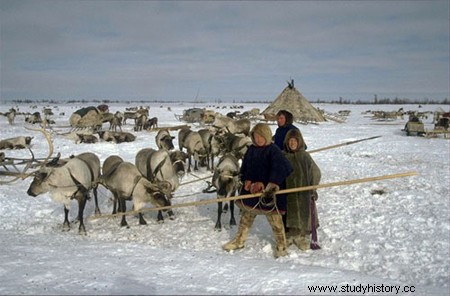
Image Source: www.arcticcentre.org
Livelihood effects
Especially Inuit hunters in northern Greenland tread gently on increasingly thinner ice. At the same time as the most important marine species they depend on - seals, walruses, narwhals and polar bears - migrating from the areas they are traditionally hunted for. This is a result of changes in local ecosystems due to Climate change .
While, in the highlands of the Himalayas, Sherpa, Tamang, Kiranti, Dolpali , And other indigenous peoples s is witnessing the melting of glaciers. The same is true of other mountain areas in the world, such as the Peruvian Andes. This has caused concern for indigenous people of Quechua as the glaciers on their mountain tops retreat.
in the Kalahari Desert t, the San have learned to deal with the periodic but overly frequent occurrence and experience of hunger and poverty. Mainly as a result of a combination of economic, political, environmental and climatic events. The San , like other indigenous peoples , has had to devise ingenious strategies to cope with environmental change. And the consequences, but they report that the nature of such a change they are witnessing is different than ever before.
All over the world, indigenous peoples are confronted with unique climate change affecting their homeland, cultures and livelihoods.
Indigenous depending on natural resources for their livelihoods, and they often live diverse but fragile ecosystems . At the same time many indigenous people remain among the world's most marginalized, poor and vulnerable people.
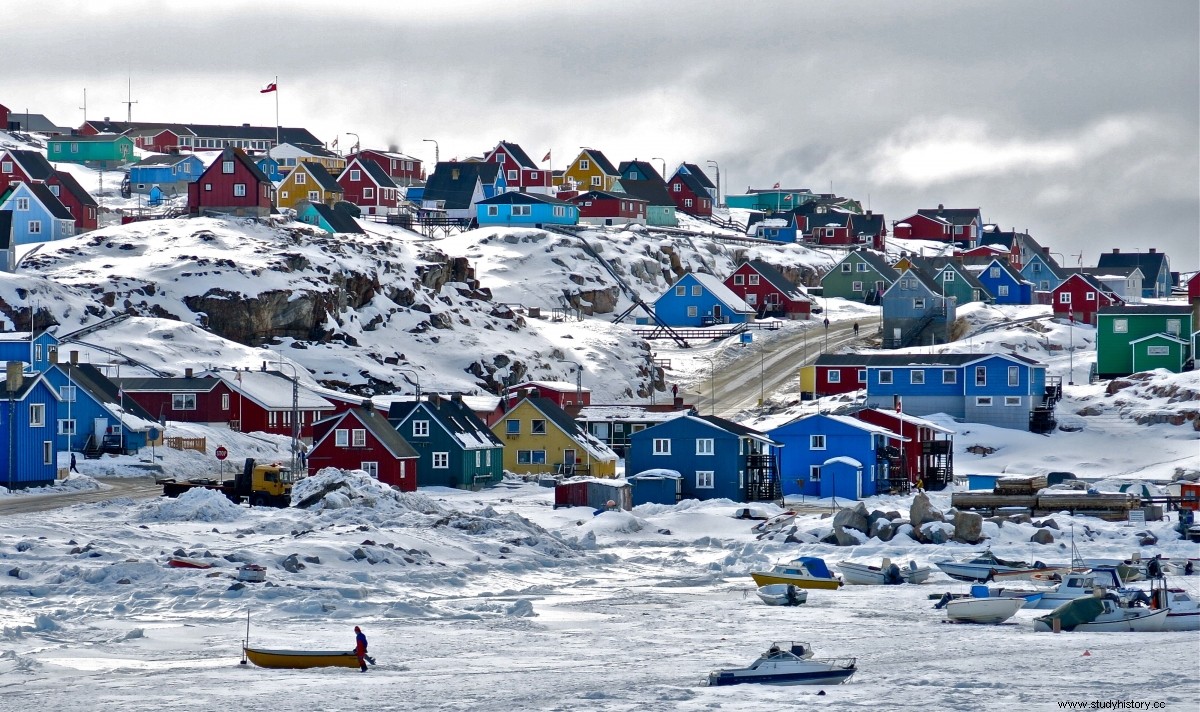
Image Source :www.mcgill.ca
Adapting to Arctic climate change
Although they have contributed the least to greenhouse gas emissions which characterizes man-made climate change. While they are the ones who will bear most of the climate crisis. Mostly with minimal access to resources, be it political or institutional support needed to cope with the changes.
They have to navigate through the dramatically changing environments in their home country. And to understand and find effective strategies that allow them to respond to the changes that are happening right before their eyes. From declining sea ice and reduced snowfall that now characterize the Arctic to receding glaciers.
Also in high altitude regions, increased coastal erosion and rising sea levels. This has led to reduced rainfall in temperate ecosystems and increased fires in tropical rainforests.
It is clear that for the Arctic ecosystems to trick continue to provide adequate food, water and nutrient cycling. It is crucial for the species' survival and conservation of biological diversity. In addition, biological diversity related to traditional and local knowledge and livelihoods.
Various steps must be taken to adapt to the effects of climate change . While national and international politics are evolving, but in the meantime , Arctic communities has stepped up. Fishing areas have been moved closer to land in response to thin ice to ensure safety. Winter grazing patterns for livestock, such as reindeer, have changed in response to differences in ice and snow conditions.
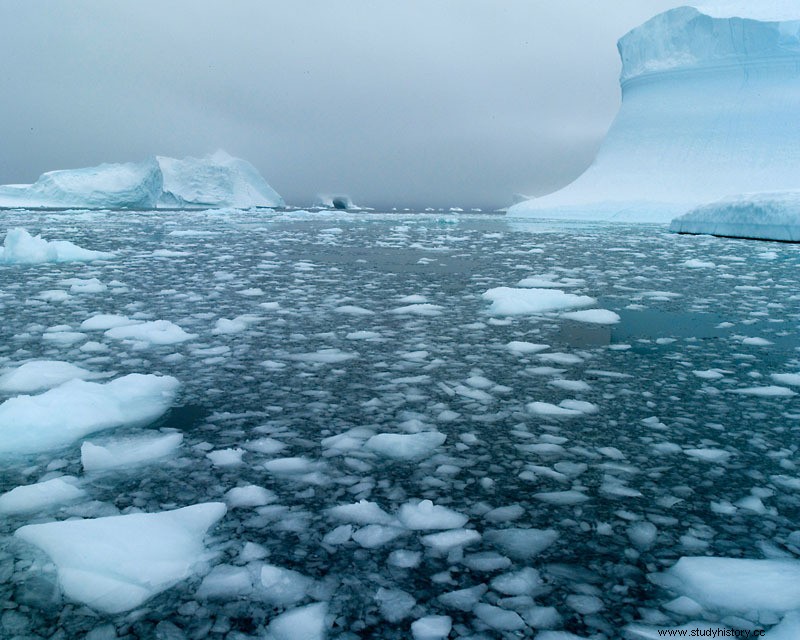
Image Source :wwf.panda.org
Combating Arctic climate change:One of the most important, yet underrated, features of Arctic Sea Ice is the ability of its dazzling white surfaces to reflect sunlight. The main role of these frozen oceans at the top of the world is to act as a massive parasol to keep the planet cool and the climate stable.
Currently, much of the ice is disappearing rapidly. Due to rising temperatures that have locked Arctic in a self-destructive feedback loop. It starts with the process of getting warmer, which causes the reflective white ice to dissolve in the darker, blue water. This continues to lead to the absorption of more of the sun's heat instead of reflecting it back into space. This in turn leads to the warmer water which accelerates the melting, which means even more absorption of heat, which drives further melting - and so on in a vicious circle. This is mainly part of the reason why Arctic warms up about twice as fast as the rest of the planet. In July last year, the ice cover was as low as it had ever been at that time of year.
The most alarming situation would be if we lose our white protective shield altogether - which some believe can happen only decades from now - it could have the same warming effect as another 25 years of fossil fuel emissions at current speeds, which would mean more intense droughts, floods and heat waves. This will worsen the livelihoods of Arctic indigenous peoples even longer.
On the flip side, many scientists wrinkle at such technological interventions in the Earth's planetary system, commonly known as "Geoengineer" , and argues that tampering with nature can cause further harm.

Image Source :www.prnewswire.com
Arctic Ice Project:
As greenhouse gas emissions from the planet continue to rise, some have been driven to explore desperate measures. One suggestion made by California -based non-profit Arctic Ice Project appears as daring as bizarre. It involves spreading a thin layer of reflective glass powder over parts of the Arctic , in an attempt to protect it from the sun's rays and help the ice to grow back.
However, some biologists are concerned about the potential effects on creatures at the foot of the Arctic food chain. Depending on how much light the silica beads are used in the Arctic Ice Project mainly to reflect, they can block sunlight from photosynthetic plankton, such as diatoms, algae that live under the sea ice and around it. Any change in the amount of plankton can cascade into the food tissue and have unpredictable effects on organisms from fish to seals and polar bears.
Finally, there are measures to combat the rising problems due to rising temperatures that are disrupting the fragile Arctic ecosystems which in turn affects everyone. It is not isolated to the Arctic region, but affects Indigenous peoples live in the areas and also seriously affect the world. So we as humans must take a collective responsibility to fight climate change by doing our part. Choosing eco-friendly alternatives while buying products or being part of conservation groups to leave a lasting impact on this earth. Let me know who you individually choose to leave a positive impact on this earth in the comments section below.
